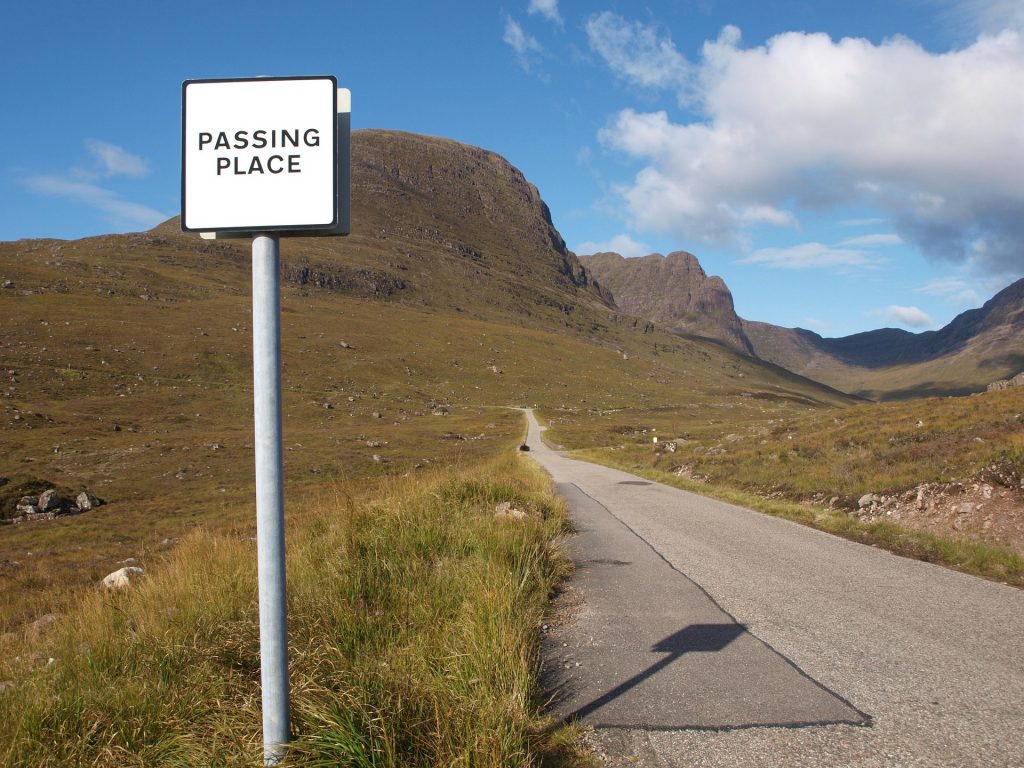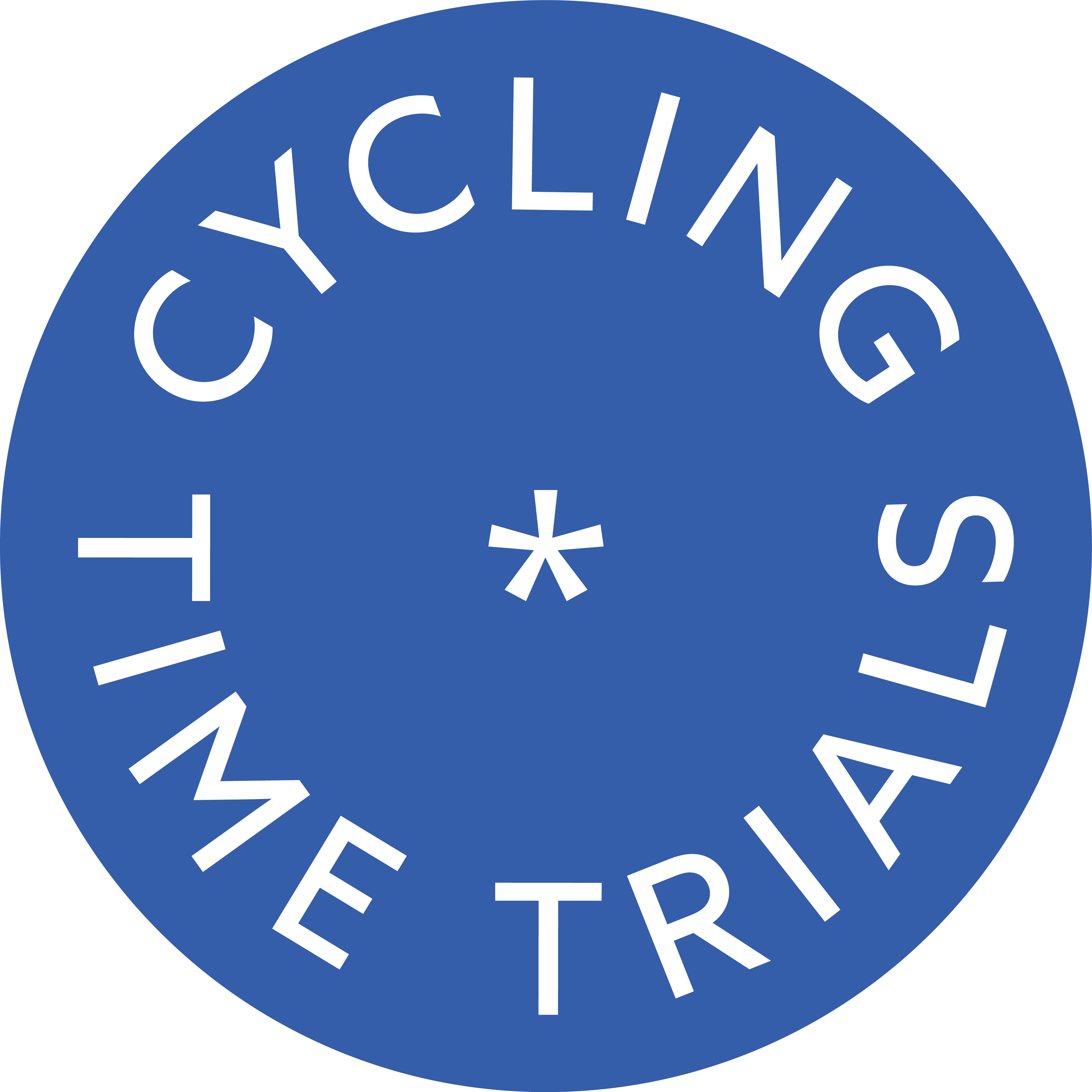A few months back, Ben from myWindsock was out supporting (and providing valuable data) to Mark Beaumont on his successful attempt to break the North Coast 500 record. We managed to get hold of Mark to ask a few questions about the big day (and a bit).
For those of you that don’t know, Mark Beaumont broke the North Coast 500 record – he did this completing the route in a time of 28 hours and 35 minutes. The previous record was a touch over 29 hours and was held by Robbie Mitchell – a seriously talented ultra endurance cyclist with national titles to his name. Obviously, no record attempt like this stands a chance of being successful without some serious weather forecasting – which myWindsock happily provided to Mark. We had a couple of questions for Mark about the record attempt…
We asked Mark about how his state of mind was impacted by the forecasting from myWindsock. He told us, “I knew that the NC500 record would be seriously hard. Robbie Mitchell was the national 24 hour TT champion when he set it and had relatively calm conditions. With over 10,000 metres of climbing, very little wind cover and changeable conditions in the north of Scotland, I also know that weather would play a massive part in our success.” It was clear that Mark understood the huge difference conditions could make and that predicting them would be important in a successful ride. He went on to say that myWindsock, “gave me great peace of mind” and that he was glad his team had the tool at their disposal. He finished by saying that myWindsock, “felt like a secret weapon, an element of planning that wouldn’t have been taken into account in such detail when Robbie broke the record the year before.”

Despite the record being a continuous 28 hour ride with more than ten thousand metres of elevation, aerodynamics make a huge difference. Mark’s average speed was a touch over 18 mph (around 29 kph). The upshot of this is that a time trial bike is much faster. With a record of this length, holding the aero position can be hard. We asked Mark about how he factored in ‘non optimal’ aero conditions due to cold and fatigue. He told us, “We went to the Catesby Tunnel and did aero testing on a road bike with rain jacket and road helmet, versus the time trial bike with skin suit and aero helmet.” Catesby Tunnel is a disused railway tunnel now used for aerodynamic testing. Being underground, myWindsock isn’t a great deal of use here but it allowed Mark to obtain valuable data for his attempt – numbers we were able to plug into our algorithms in order to forecast his attempt. The results of the testing at Catesby were fascinating. Mark went on to say, “The difference was absolutely massive when extrapolated over 516 miles. So when my neck started to really hurt about 7 hours in, I knew the penalty from cracking and changing my setup, which focused me to stay low and on the TT bike.” As night drew in, it became very cold but there’s an aero penalty associated with cold air and putting on more layers. Mark discussed this, “ Even as it got cold overnight, not putting on the gilet and keeping as efficient as possible was front of mind.”
Obtaining aerodynamic data isn’t enough on its own. With a relatively accurate value for cda (which is rarely static) we can predict how Mark’s time forecast will change due to positional and clothing changes. Not just how many watts it’s costing him. This is where myWindsock can be valuable in attempts like this – turning data into information.
A record like this is an extremely tough endeavour. We asked Mark about getting back on the bike after his successful attempt. He discussed his timeline for getting back on and feeling ‘normal’ on the bike. “I was back on the bike a few days later for some gentle spins and to aid recovery. But it took a few weeks before I felt my energy levels were back and that I could ride with any decent power again.” The fact that it took weeks for one of the best ultra endurance riders in history to recover is testament to how hard this record is. Throughout this, Mark was keen to stress the importance of his team. They, combined with the data that they were able to utilise from myWindsock, were able to keep Mark informed. He went so far as to say he was “just the engine on the bike”. His team gives him all the information he needs during his attempts and myWindsock was extremely glad to be a part of this wonderful attempt!
If you want to add a dash of confidence to your sporting endeavours, weather it’s breaking the NC500 record or chasing Strava segments, click here.

 UK Time Trial Events
UK Time Trial Events




